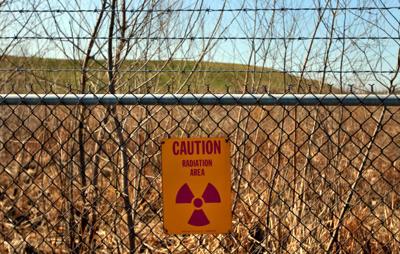Soil collected in June from Pattonville High and Rose Acres Elementary schools, which are two miles from the radioactive West Lake Landfill, did not show high levels of radiation, according to a from a St. Charles engineering firm.
The campuses were tested because of concerns from parents about the landfill, according to Pattonville School District Superintendent Mike Fulton.
ŌĆ£ItŌĆÖs something weŌĆÖre watching very carefully,ŌĆØ Fulton said. ŌĆ£The schools are safe. We felt like they were, but itŌĆÖs good to check.ŌĆØ
In the 1970s, World War II-era nuclear waste was illegally dumped at the landfill near St. Charles Rock Road and Interstate 270 that was eventually deemed a toxic Superfund site. More than three years ago, an underground fire at the adjacent Bridgeton Landfill kicked up noxious odors as well as concerns about the fireŌĆÖs proximity to the radioactive waste. The Environmental Protection Agency and the Army Corps of Engineers are working on a plan for a barrier between the two landfills to keep the fire from reaching the radioactive material, as well as a long-term solution for storing or removing the waste.
People are also reading…
Earlier this year, a group of residents collected soil from the nearby Bridgeton Municipal Athletic Complex, and an independent lab analysis found elevated levels of potentially toxic material in a sample taken near a drainage ditch. The EPA followed up with its own testing this summer and said above-ground monitors did not pick up high levels of radioactivity at the ball fields. The agencyŌĆÖs own soil-testing results are expected later this week.
Pattonville School District spent $2,300 on the soil testing conducted by SCI Engineering and analyzed at a St. Peters lab. Fulton said the costs were covered by the districtŌĆÖs insurance.
The lab, R.M. Wester and Associates, said the levels of uranium, thorium and potassium found in soil at the school campuses were naturally occurring and below federal standards that would require cleanup. Slightly high readings of potassium were likely due to salt used to melt ice and snow last winter, according to the lab .









